Trending Topics:
- Blood Moon 2025
- Potoo Bird
- Cosmic Butterfly in Space
- Jupiter Juno
Strange Full Moon Names of 2025 and the Stories Behind Them
The Full Moon has long held a special place in human history, serving as a celestial calendar to mark months and seasons. From the poetic Flower Moon to the bountiful Harvest Moon, these names carry rich cultural stories. Let’s explore the strange and fascinating Full Moon names of 2025 and the tales they tell.
1/13
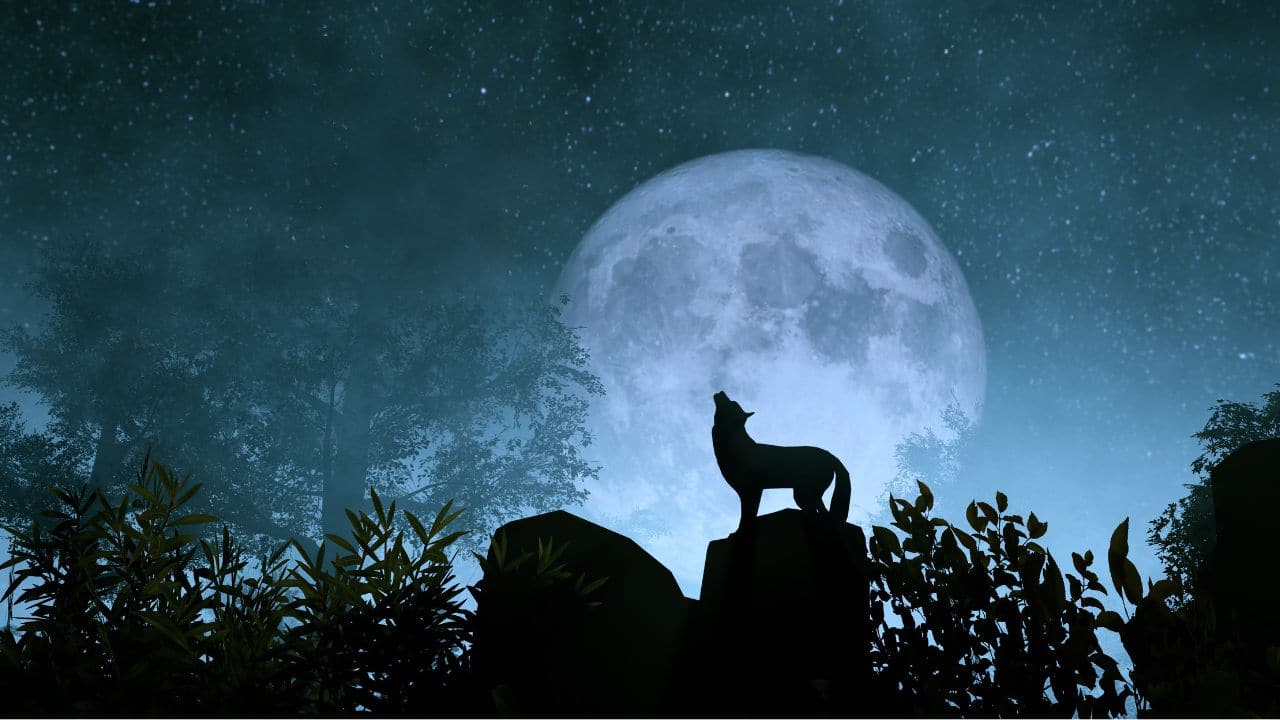
SNOW MOON: The Snow Moon in February derives its name from heavy snowfall during the month. Some Native American tribes referred to it as the Hungry Moon, reflecting the food scarcity of mid-winter, while others called it the Bear Moon, marking the season of bear cub births. Among Celtic and Old English traditions, names like Storm Moon, Ice Moon, and Snow Moon were also commonly used.
2/13
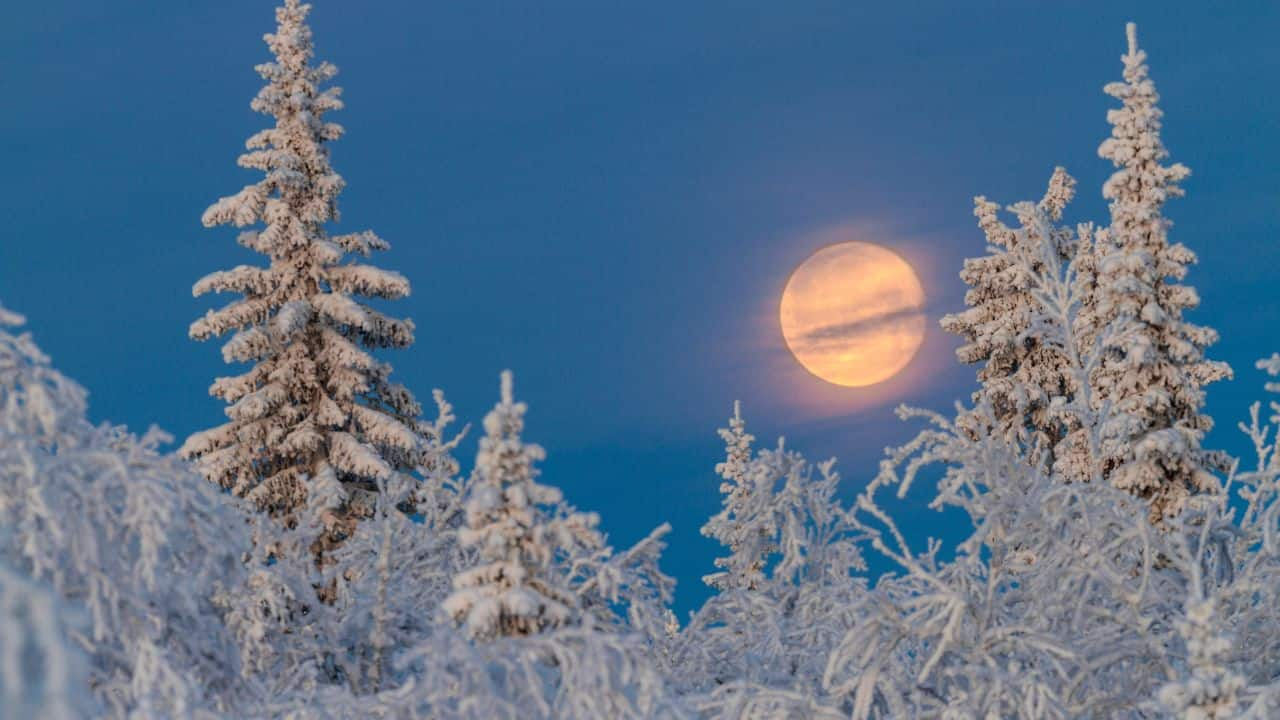
WORM MOON: The March Full Moon, known as the Worm Moon, marks the return of earthworms. Native Americans called it the Crow Moon, Snow Crust Moon, and Sap Moon. The Anglo-Saxons called it the Lenten Moon, while the Celts named it Wind or Plough Moon.
3/13

PINK MOON: April's Full Pink Moon is named after pink phlox flowers blooming in spring. Native American names reflect thawing and new growth, while European names like Egg Moon and Budding Moon celebrate spring's renewal. Neo-Pagans call it Awakening Moon.
4/13
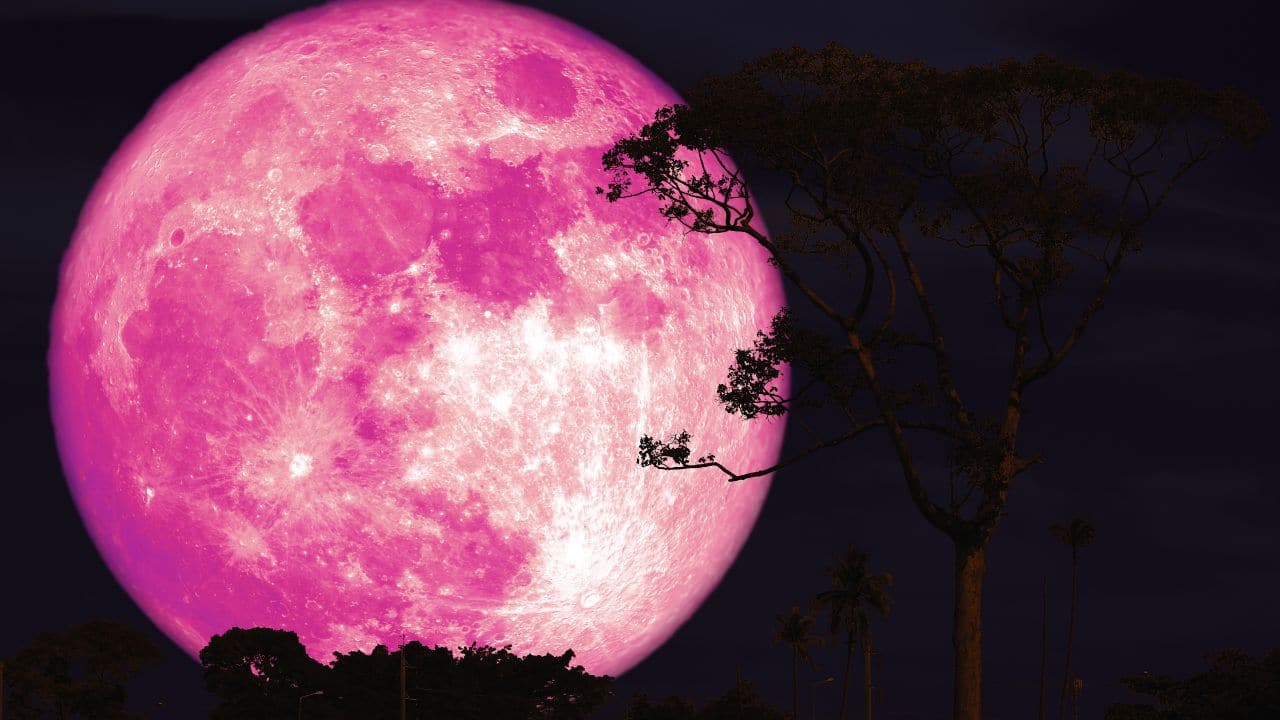
FLOWER MOON: May's Full Flower Moon marks the bloom of spring flowers. Native Americans named it Budding Moon, Egg Laying Moon, and Planting Moon. The Anglo-Saxons called it Milk Moon, while the Celts and Old English referred to it as Mothers' Moon, Bright Moon, Hare Moon, and Grass Moon.
5/13
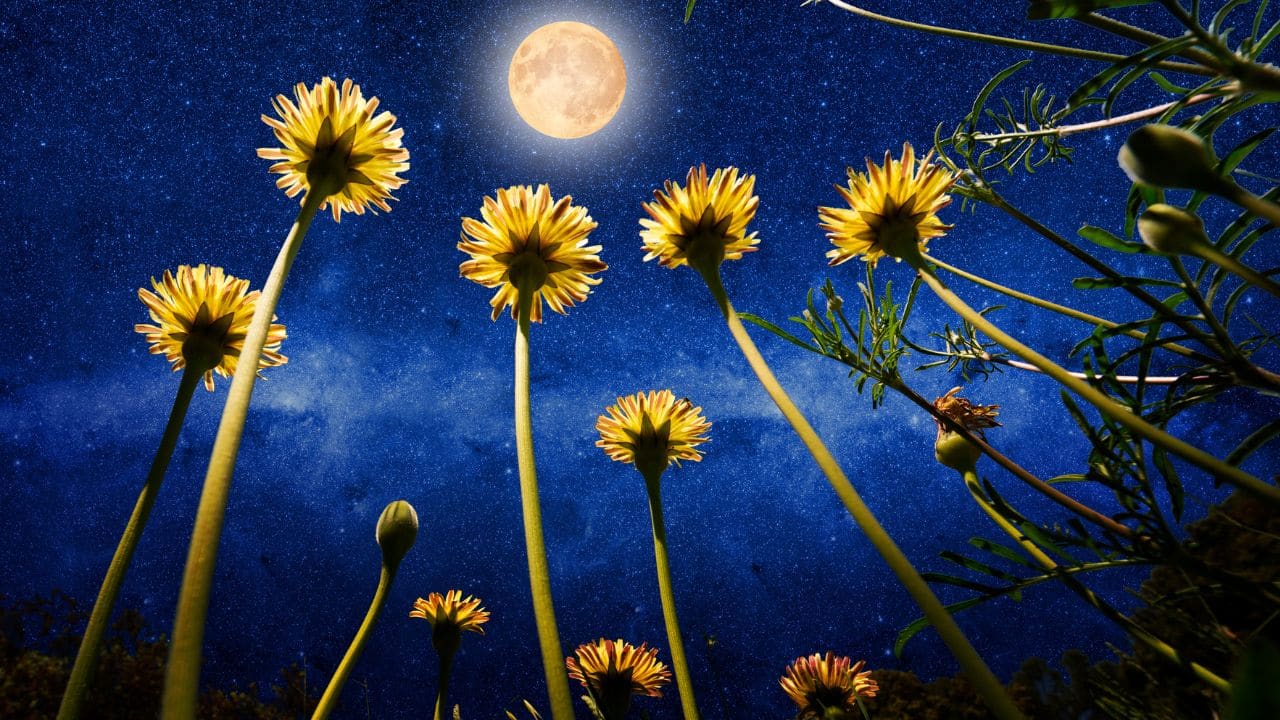
STRAWBERRY MOON: June's Full Moon is known as the Strawberry Moon, marking the ripening of red berries, traditionally gathered by Native American tribes. Other native names include Berries Ripen Moon, Green Corn Moon, and Hot Moon. Celtic names are Mead Moon, Horse Moon, Dyan Moon, and Rose Moon, while English names include Flower Moon and Planting Moon.
6/13
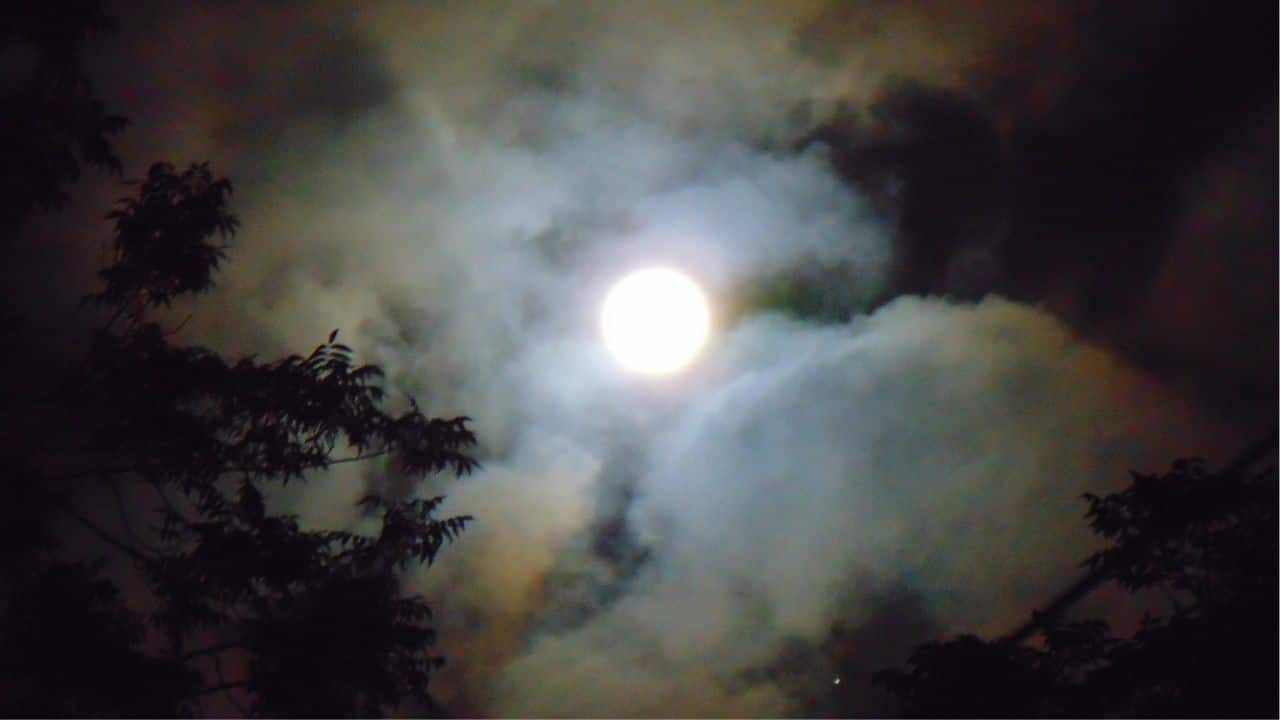
BUCK MOON: July's Full Moon, known as Buck Moon, marks deer's antler growth. Native American tribes also call it Salmon, Raspberry, or Thunder Moon. In Celtic tradition, it’s the Claiming Moon, Wyrt Moon, Herb Moon, or Mead Moon.
7/13

STURGEON MOON: August's Full Sturgeon Moon is named for the abundant lake sturgeon in the Great Lakes. The Celts called it Dispute or Lynx Moon, while Anglo-Saxons named it Grain Moon. Other names include Corn and Lightning Moon.
8/13
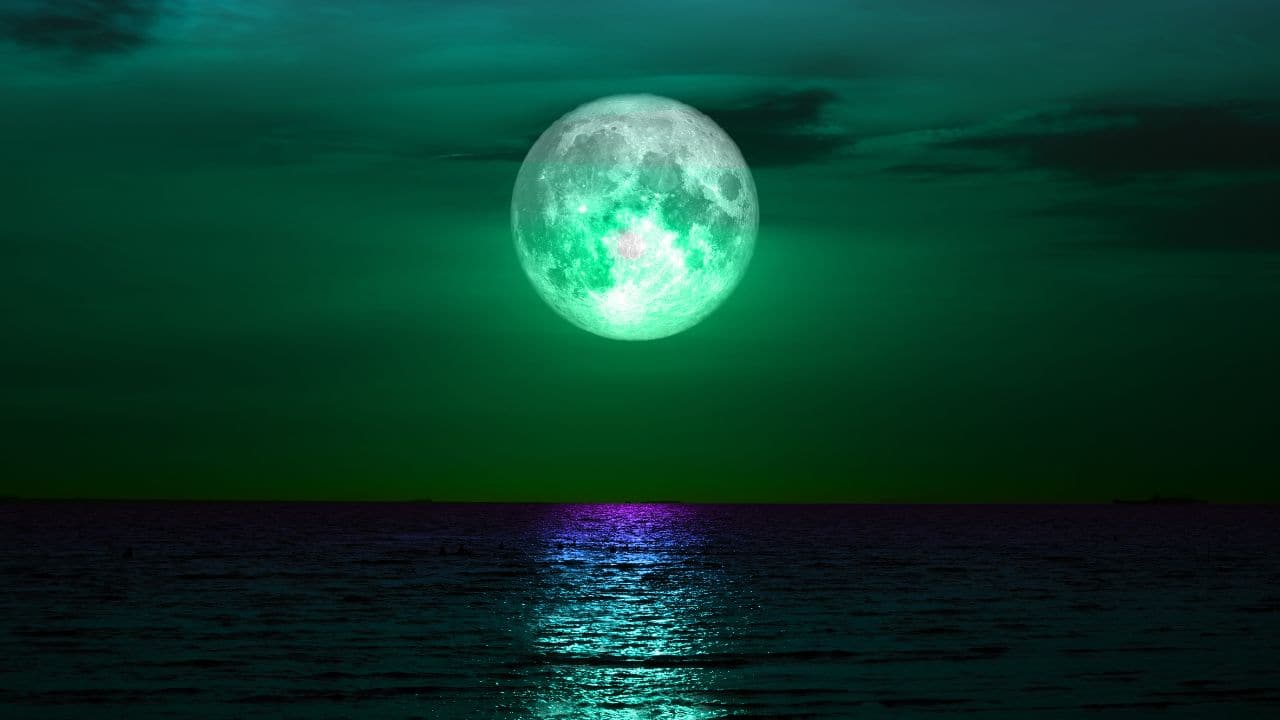
HARVEST MOON: The Harvest Moon is the Full Moon closest to the September equinox, typically around September 22. Unlike other Full Moons, its timing is based on the equinox, falling in September most years, but occasionally in October.
9/13
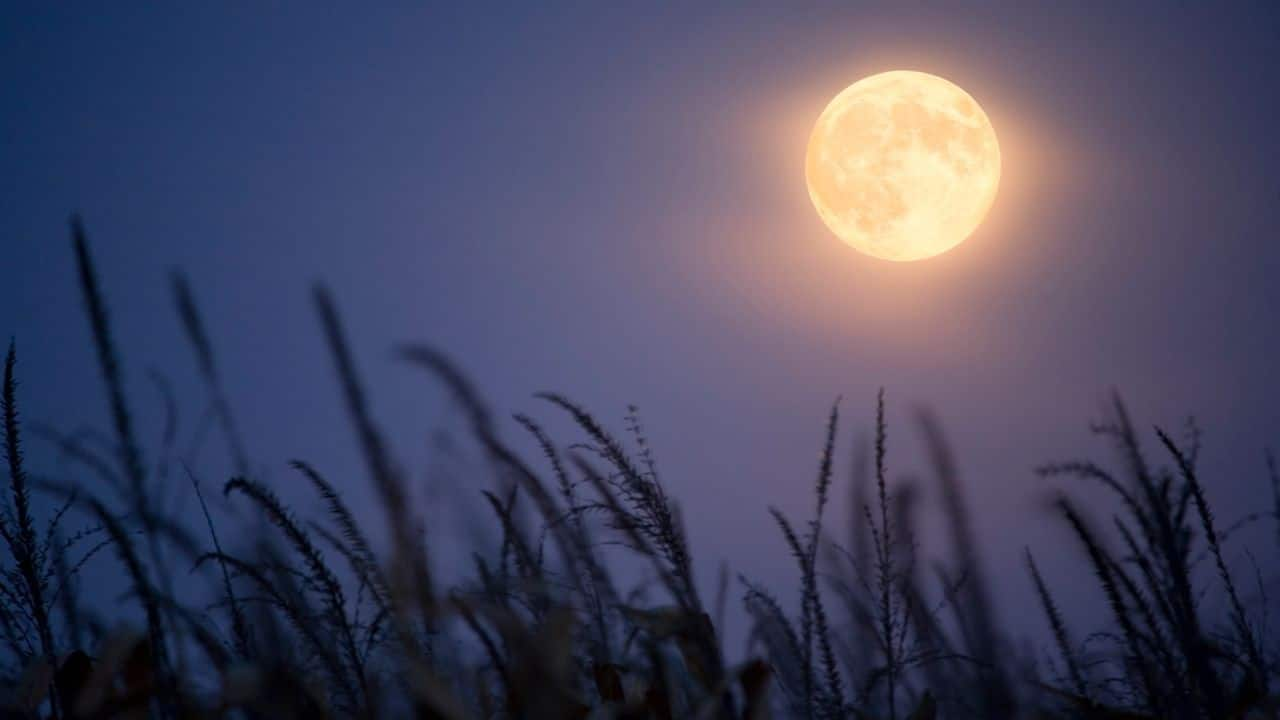
CORN MOON: The Full Moon in September is the Corn Moon, linked to corn harvests. It’s also known as the Harvest Moon, with Celtic and Old English names like Wine Moon, Song Moon, and Barley Moon.
10/13
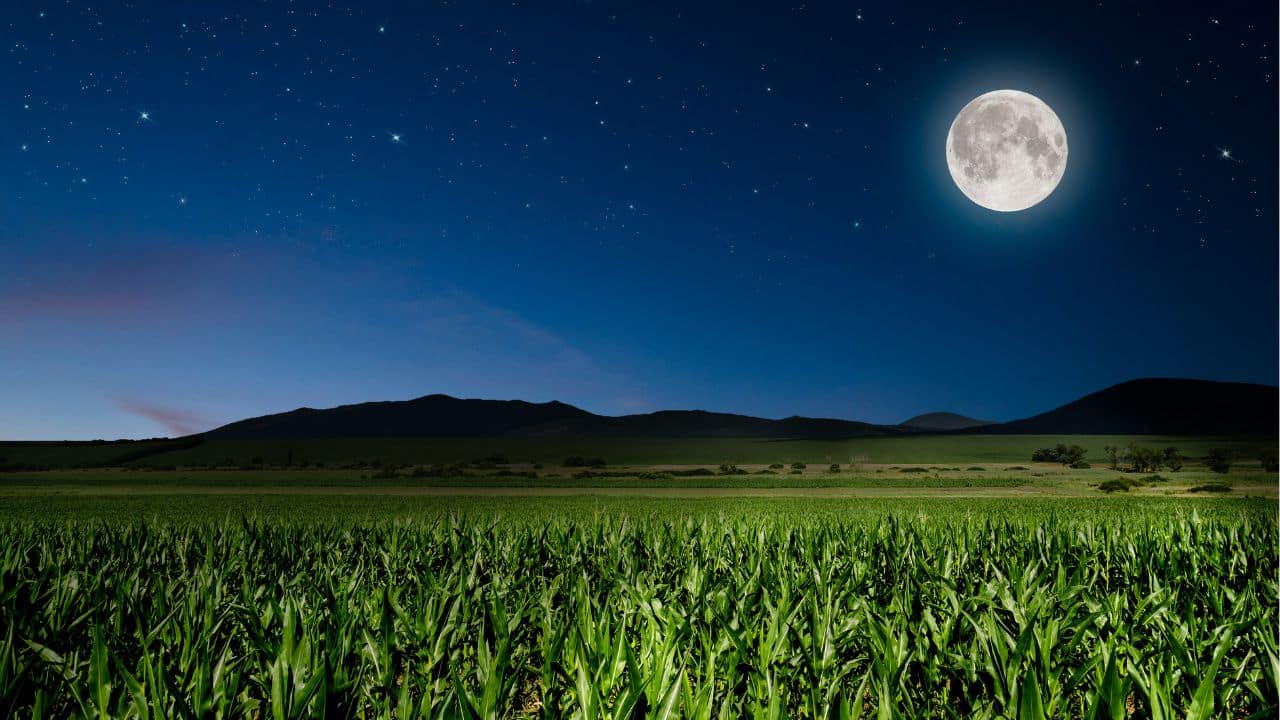
HUNTER's MOON: October's Full Moon, known as Hunter's Moon, marks preparations for winter. Native American names like Drying Rice and Falling Leaves reflect autumn, while the Celts used Seed Fall Moon. Pagans call it Blood Moon, though distinct from a lunar eclipse.
11/13
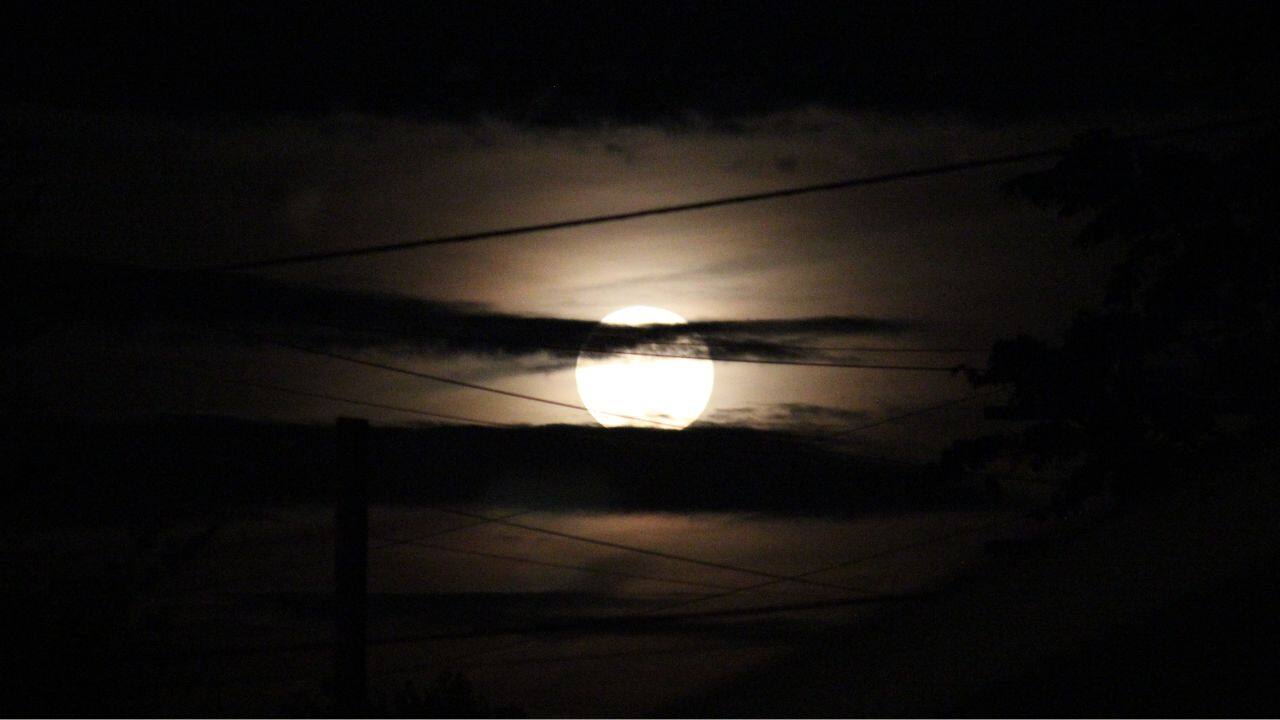
BEAVER MOON: November's Full Moon is named after beavers preparing for winter. Native Americans also referred to it as the Frost Moon or Freezing Moon. In Celtic tradition, it is known as the Mourning Moon or Darkest Depths Moon.
12/13
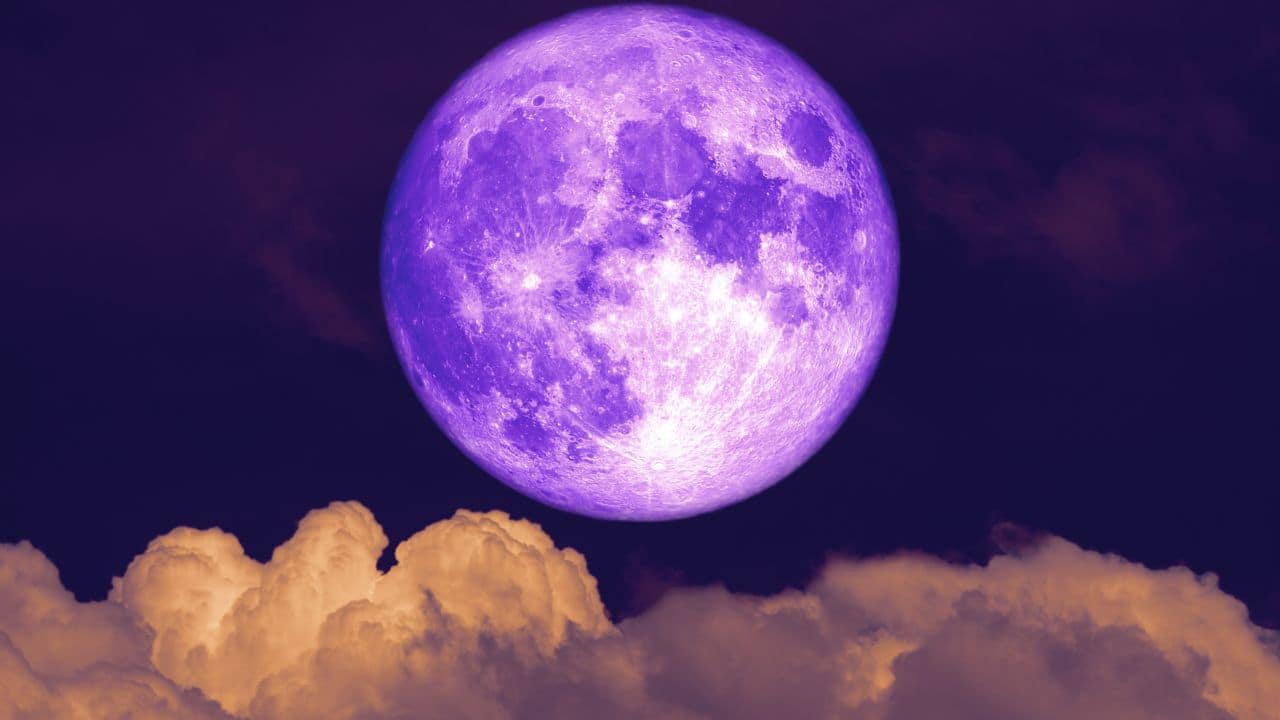
COLD MOON: In December, winter starts for much of the Northern Hemisphere. The December Full Moon is known as the Cold Moon. Old English and Anglo-Saxon names include the Moon Before Yule or Long Night Moon, marking the longest night of the year. The Celts referred to it as the Oak Moon or Full Cold Moon.
13/13

Discover the latest Business News, Budget 2025 News, Sensex, and Nifty updates. Obtain Personal Finance insights, tax queries, and expert opinions on Moneycontrol or download the Moneycontrol App to stay updated!






